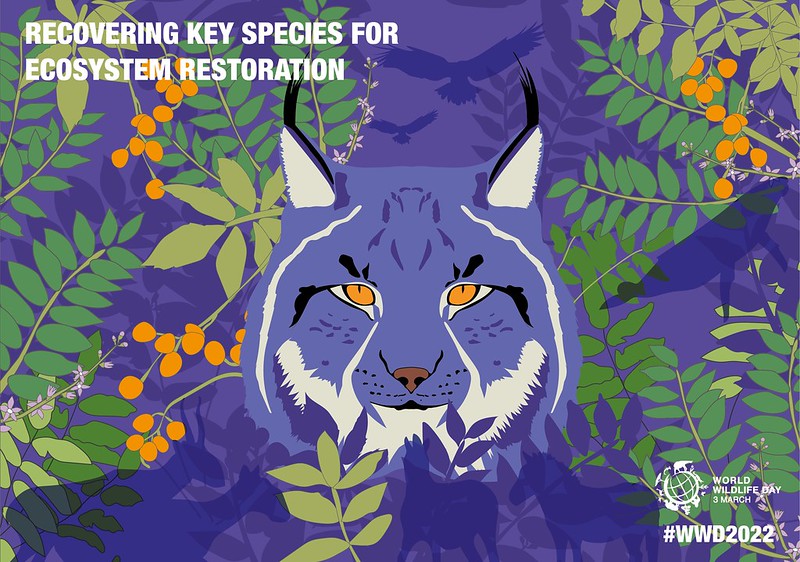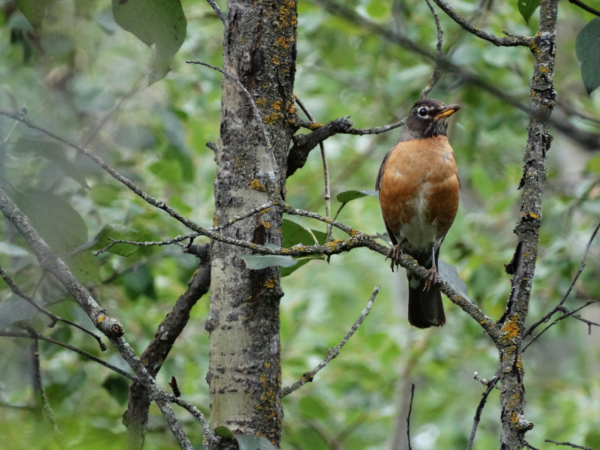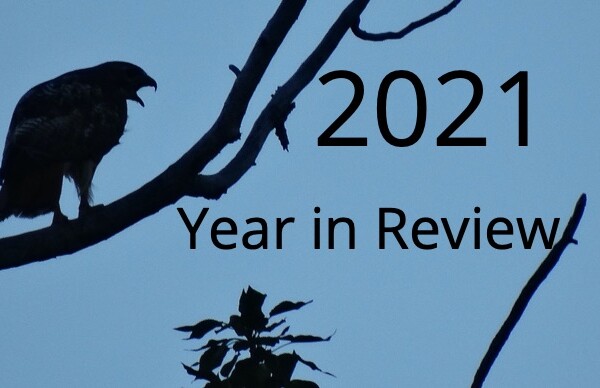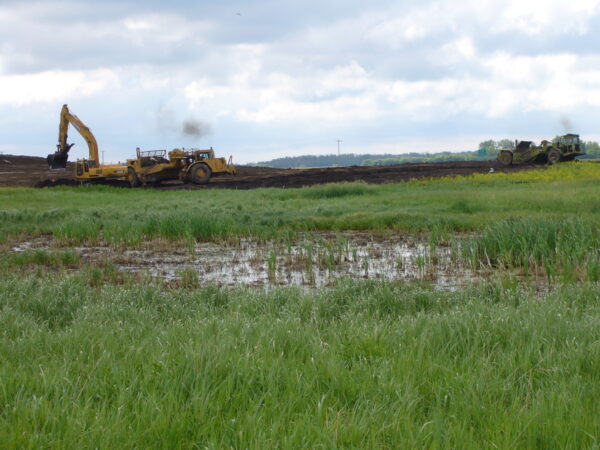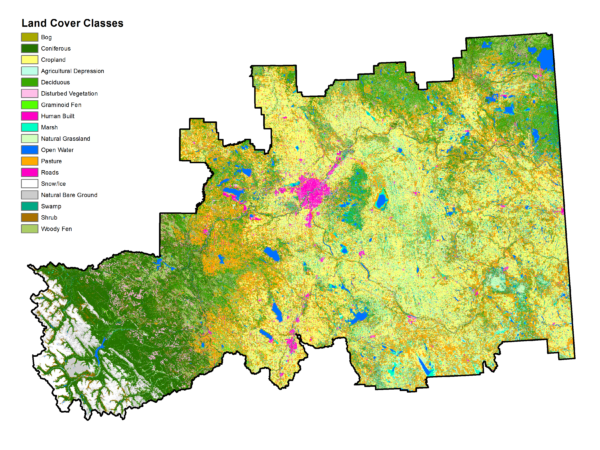When most people think of wildlife habitat, what often comes to mind are the particular resource requirements that an individual needs to survive, such as food, water, and specialized habitats such as den sites. Such a perspective focuses on a very particular small-scale view of habitat, and doesn’t fully take into account the needs of populations or species. A recent story in the media about a missing wolf, and its recently found radio collar, is a reminder that we need to expand our thinking about how we mange landscapes when considering the habitat needs of species.
For those that aren’t familiar, the story goes like this: A radio collar was recently found in Kalispell, Montana. No longer functional, it was returned to its original owners (wildlife officials) in Banff, Alberta. The story gets interesting when we find out that the collar was fitted on a female wolf, Wolf 57, nearly 20 years ago. The wolf in question was from a pack in Banff National Park, but wildlife officials had lost track of her in 2003, after she was known to have been exploring the Elbow River area in Kananaskis country by Lake Minnewanka. After those Kananaskis data points were collected, Wolf 57 “disappeared” (i.e. was no longer within trackable proximity), and while the wildlife ecologists searched for her, the realization now is that they likely weren’t looking far enough.
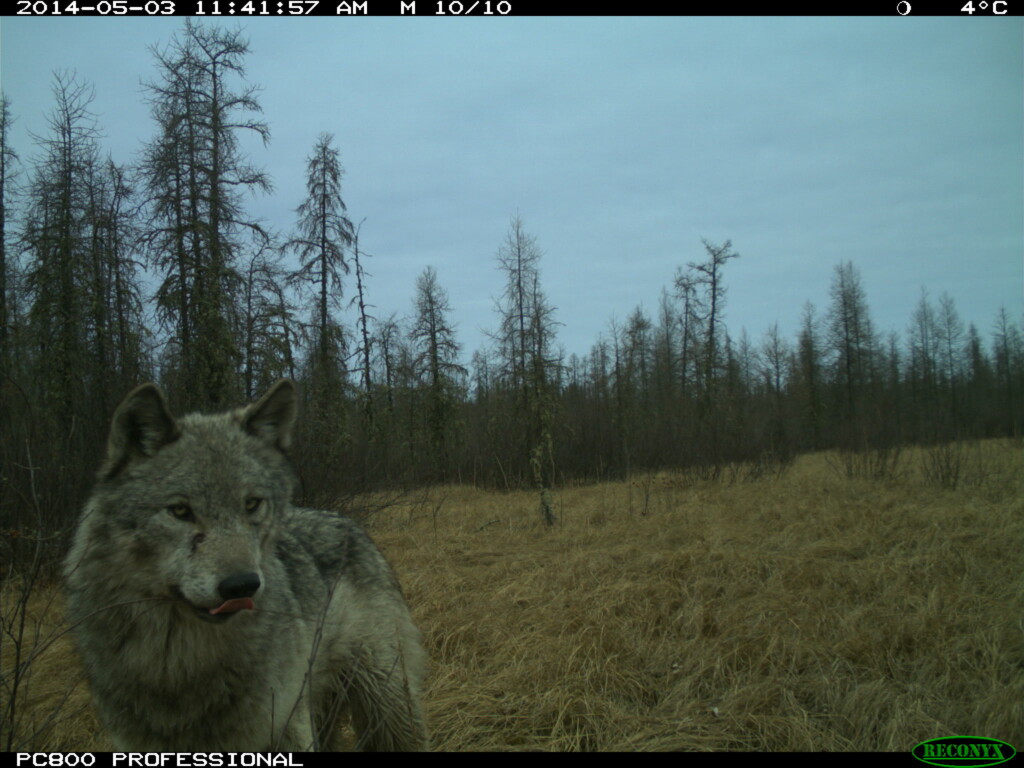
While wolves are known to cover 30-50 km per day within their home range or territory, the collar shows us that this wolf, who was potentially searching for a mate, covered nearly 500 linear km. The journey is a feat of survival and stamina, it represents the fact that Wolf 57 overcame the dangers associated with being on the move, dangers for wolves that include traffic, trains and areas where killing wolves is not only legal, it is encouraged with bounties or culling programs. However, if we look beyond the successful journey of a single wolf, it is truly an indication of the importance of large connected landscapes, particularly for keystone species such as wolves.
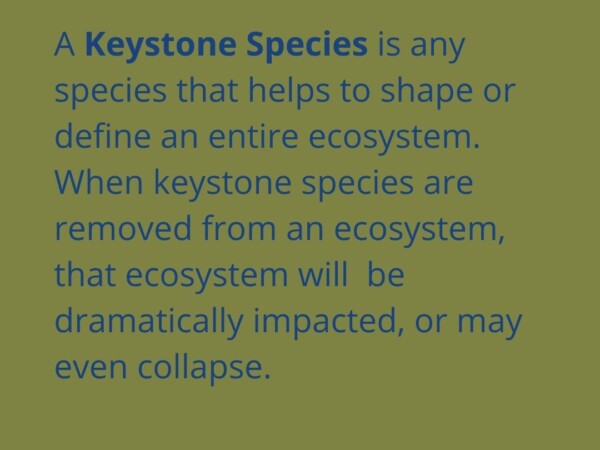
Species that require large landscapes to thrive are one of the reasons that we need to shift perspective from conserving small niche habitats and ensuring that we have the bigger picture in mind when we are considering conserving and managing landscapes. This means not only having protected areas on the landscape, but also connecting those dots by linking protected areas with landuses that offer intermediate habitat, and also ensuring there are tools to ensure safe passage for animals across, over, or under roads or railways as they navigate between habitats.
While large-scale landscape planning and conservation can be complex, at its essence it requires tools that we already have at our disposal. The ability to compile reliable data about natural areas, what condition they are in and accounting for the value that they offer. This requires comprehensive ecological knowledge and the ability to utilize tools such as GIS and remote-sensing technology as an example. But it is what is done with that information, and how it is integrated into decision-making processes that matters in the long run for species such as wolves.
While wolf populations are not considered to be under threat in Canada, gray wolves are listed as endangered or threatened throughout most of the United States, due to habitat loss, reduced prey species and human-caused mortality. The long-wandering wolves such as Wolf 57 are beneficial in helping re-establish those endangered populations, and looking at the bigger conservation picture could be the key to ensuring those journeys can continue.
World Wildlife Day is a perfect opportunity to reflect on what it takes to conserve some of the wildlife species we hold near and dear and to help raise awareness about this important topic. While some may see Wolf 57’s journey as an indication that all is well, in that she managed to travel that great distance despite all the dangers, others may see it as warning that more habitat protections are required, in addition to effectively accommodating the needs of wide-ranging species such as wolves into how we plan and design human infrastructure at both local and regional scales.
